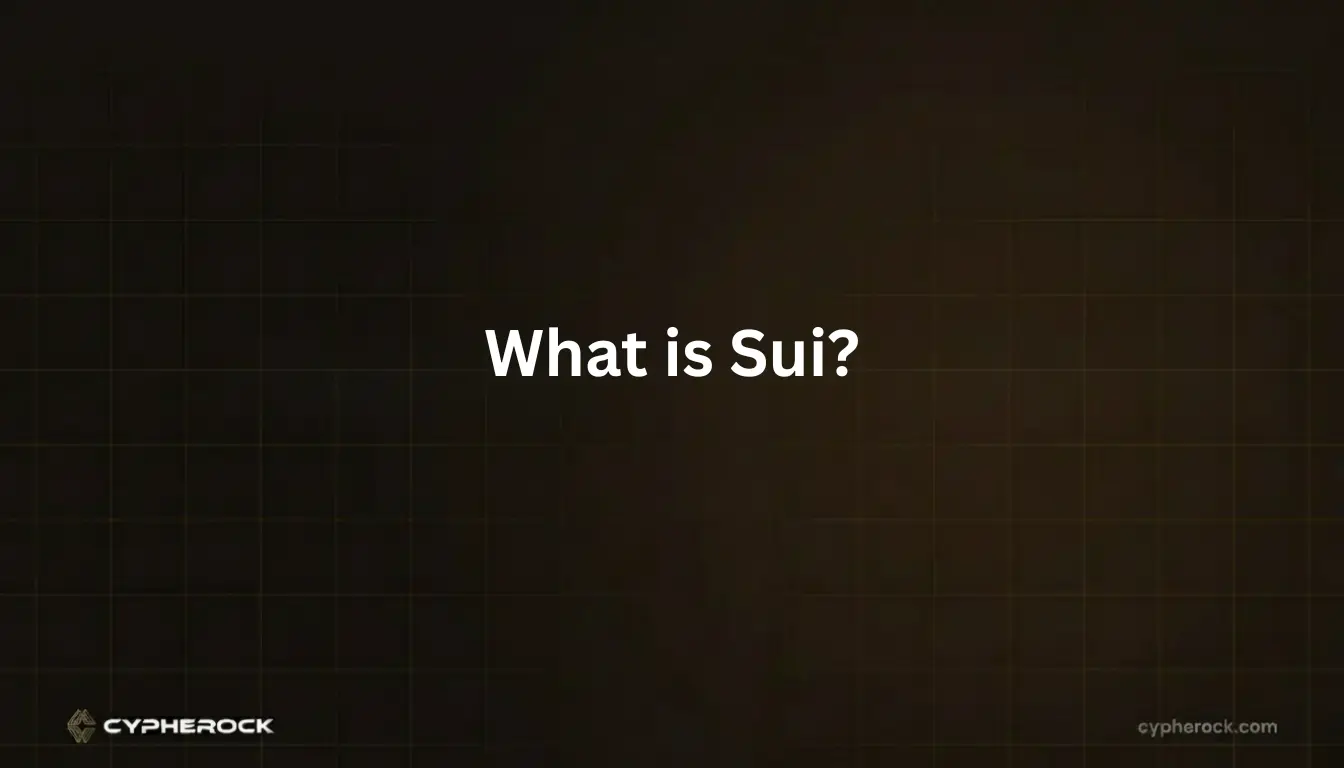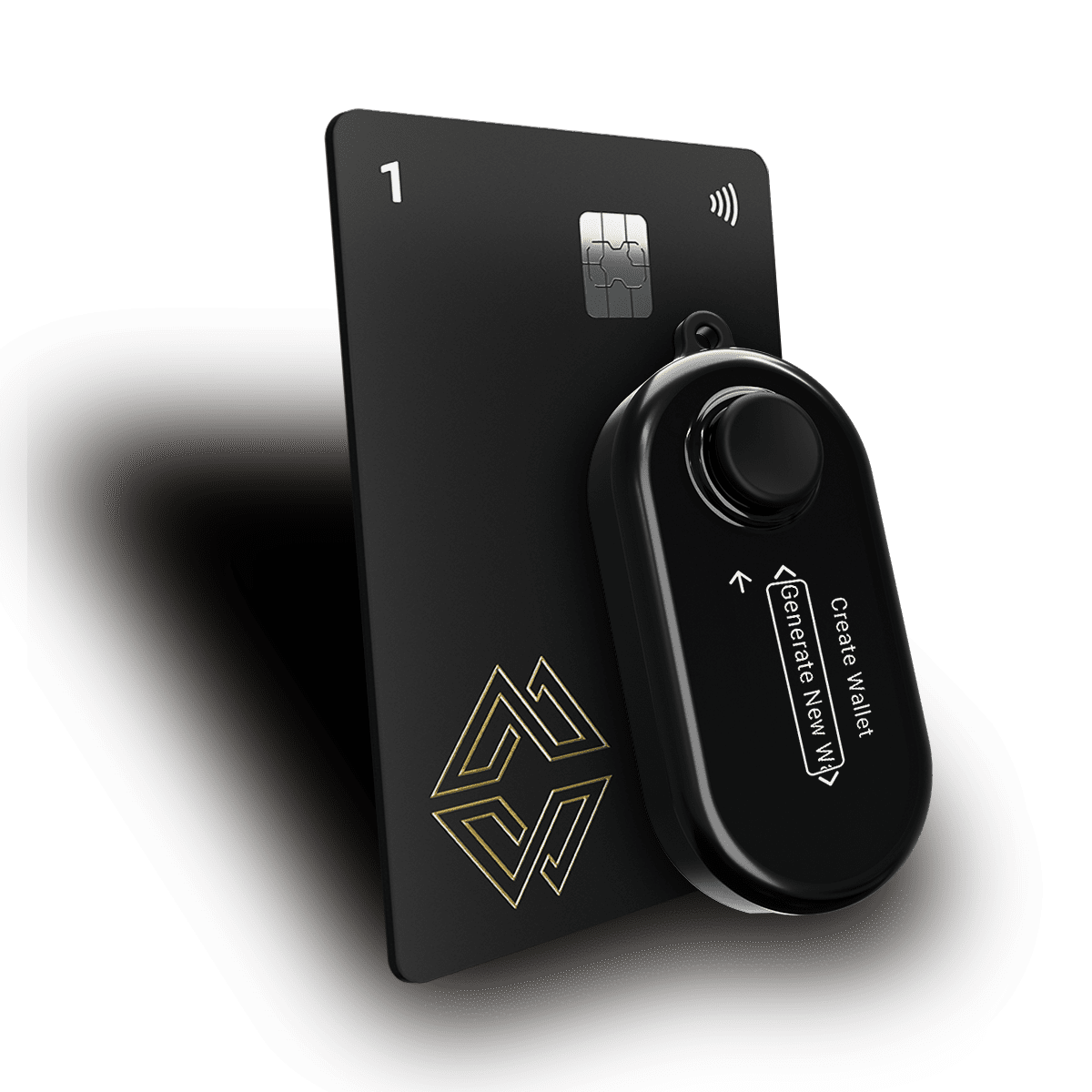

If you’ve been tracking blockchain innovation, you’ve likely asked what is Sui and why the project is getting attention in 2025. Sui is an ambitious layer-1 blockchain designed for high throughput, low latency, and excellent user experience, traits that make it attractive for games, NFTs, and consumer dApps. Asking what is Sui is the right starting point if you want to understand the next wave of Web3 apps that need fast, cheap transactions.
Beyond raw speed, users and developers also ask what is Sui because it bundles a safer smart-contract language (Move), an object-centric data model, and features like sponsored transactions and zkLogin that simplify onboarding. If you’re wondering what does Sui mean, the name underscores uniqueness and self-contained design: Sui aims to make blockchain interactions feel natural for mainstream users.
This guide explains in practical terms what Sui offers: its architecture, tokenomics, ecosystem, strengths, risks, and how to start using it safely. By the end you’ll have a full answer to what is Sui and why it matters for developers and everyday users alike.
What is Sui? Sui is a decentralized layer-1 blockchain that prioritizes horizontal scalability and user experience. Where many networks serialize transactions, Sui’s object-centric approach lets independent transactions run in parallel, dramatically increasing throughput and lowering latency. That design helps answer the common question: what is Sui compared with other blockchains?
When people ask you to define Sui, they’re often looking for three core points: Sui’s architecture (object model + parallel execution), its use of the Move language for safe asset handling, and its developer tooling aimed at consumer apps. The Sui blockchain splits execution and consensus responsibilities, allowing many transactions that do not touch the same objects to be processed simultaneously. That mechanism is a major part of what makes Sui unique.
So, what is Sui for users? It’s a fast, low-cost network optimized for interactive apps. For developers, what is Sui means a platform that reduces friction when building NFTs, games, and high-frequency dApps.
Understanding what is Sui also means knowing where it came from. The project was developed by Mysten Labs, a team formed by former engineers from Meta (the Diem project). These engineers took lessons from prior blockchain experiments and set out to design a chain that improves speed and developer UX without compromising safety.
Early work on Sui included private research and testnets to validate the object model and parallel execution strategies. After several funding rounds and a high-profile mainnet launch, the Sui ecosystem grew quickly thanks to developer grants and tooling. When people ask what is Sui, the answer often includes this origin story because Mysten Labs’ pedigree and funding helped accelerate adoption.
If you wonder what does Sui mean, the name hints at self-contained behavior and distinctiveness, qualities baked into the architecture. In short, what is Sui historically: a focused effort to solve scaling and UX problems using principled design and a developer-first approach.
To fully answer what is Sui, it helps to look under the hood. Sui’s core technical differences revolve around its programming model, execution strategy, and consensus design. Below we unpack these building blocks.
One key part of what is Sui is Move, a resource-oriented programming language originally developed for Diem. Move treats on-chain assets as first-class resources with strict ownership rules, reducing classes of bugs common in other smart-contract languages. When developers ask what is Sui, they are often referring to how Move makes asset safety and composability simpler on the platform.
Move’s type system prevents accidental duplication of tokens and makes formal verification easier. That gives Sui a safer foundation for building complex DeFi technologies and game economies where assets must be unique and tamper-proof.
Perhaps the most distinctive answer to what is Sui is its object-centric data model. Instead of storing global account balances and serializing every transaction, Sui represents every asset as an object with explicit ownership and mutable state. Transactions that access different objects can execute in parallel, so throughput scales with contention patterns rather than total transaction volume.
This parallelism explains much of Sui’s performance advantage and is central to what Sui is as a platform: a chain designed to serve large numbers of independent, interactive transactions used by games, marketplaces, and consumer apps.
Finally, what is Sui from a consensus perspective? Sui uses a split approach: data availability and ordering are decoupled. The Narwhal protocol manages data availability while Bullshark handles ordering for non-conflicting transactions. Later upgrades introduced delegated proof-of-stake (DPoS) elements under the Mysticeti umbrella to reduce latency and increase validator throughput.
Combining these layers enables Sui to reach fast finality without requiring every node to process every transaction serially. That architectural shift is a significant piece of the technical answer to what is Sui.
If you’re asking what is Sui, you’ll also want to know about SUI coin, the network’s native token. SUI has several on-chain roles:
When you define Sui tokenomics, consider supply mechanics and distribution. Sui launched with a fixed supply schedule and vesting phases for ecosystem participants, validators, and investors to promote long-term health. These vesting and epoch rules matter because they affect circulating supply and price dynamics, a key concern for people exploring what Sui is from an investment or participation standpoint.
SUI’s economics are also oriented towards supporting cheap transactions: gas models and storage rent are calibrated so small, interactive operations remain affordable, a practical answer to the question of what is Sui for everyday app users.
A full answer to what is Sui requires looking at real projects using the chain. By 2025, the Sui ecosystem includes a growing set of DeFi protocols, NFT marketplaces, game studios, and infrastructure projects.
DeFi & AMMs: DEXs like Cetus provide on-chain liquidity and swaps optimized for Move tokens. Lending markets and automated market makers are emerging, integrating with Sui’s object model to reduce friction for lenders and traders.
NFTs & Marketplaces: Projects such as Wizard Land and other marketplaces leverage dynamic NFTs on Sui. The object model simplifies NFT metadata updates and composability, which answers part of what is Sui for creators.
GameFi & Play-to-Earn: Titles like Final Stardust and BIRDS use Sui for in-game economies because the network supports high-frequency microtransactions without prohibitive fees again, a practical reflection of what Sui is optimized for.
Infrastructure: Wallets (Suiet, Ethos), explorers, bridges, and oracles are maturing, enabling seamless user experiences. When people ask what is Sui, the ecosystem’s breadth, from DeFi technologies to social dApps, often forms the most convincing evidence that Sui is ready for real-world applications.
Developers ask what is Sui because they want to know where Sui adds value. Common reasons include:
When you ask what is Sui from a product POV, the answer often centers on improved UX and practical primitives that make sophisticated dApps more feasible.
Comparing what is Sui to other chains highlights tradeoffs. A concise table helps:
| Metric | Sui Blockchain (What is Sui) | Ethereum | Solana | Aptos |
| Programming Language | Move (resource-oriented, safer smart contracts) | Solidity (widely adopted for DeFi) | Rust / C | Move (similar to Sui) |
| Execution Model | Object-centric, parallel execution for scalability | Serial execution (with rollups for scaling) | Monolithic high throughput | Parallel execution, similar to Sui |
| Best Use Cases | Games, NFTs, consumer dApps, Sui crypto payments | DeFi, composability, smart contract variety | High-frequency trading & games | Web3 consumer apps, DeFi experiments |
| Consensus Mechanism | Narwhal + Bullshark + DPoS (Mysticeti) | Proof-of-Stake + Rollups | Proof-of-History + Proof-of-Stake | AptosBFT consensus |
This comparison frames what is Sui relative to peers: it blends developer safety and user experience with a unique execution model.
When people ask what is Sui, they want to know the upsides. Key strengths include:
These strengths clarify what Sui is trying to achieve: a blockchain that supports real-time, interactive apps at scale.
Any balanced answer to what is Sui must highlight risks:
Mitigation includes auditing smart contracts, following best security practices, and storing significant holdings in cold wallets. If you’re asking what is Sui because you plan to hold meaningful assets, consider hardware custody options such as Cypherock X1 for long-term security.
Ready to experience what is Sui yourself? Here’s a simple, secure starter path:
Following these steps lets you learn what Sui is in a hands-on, low-risk way.

Q1: What is Sui?
A: What is Sui? Sui is a layer-1 blockchain optimized for parallel execution, using Move and an object-centric model to support high-performance dApps.
Q2: What is the SUI coin used for?
A: The SUI coin pays gas, secures the network through staking, and participates in governance.
Q3: What does Sui mean?
A: What does Sui mean? The name evokes uniqueness and self-contained behavior, reflective of the network’s design approach.
Q4: Is Sui safe?
A: Sui has strong engineering and audits, but like any new network, security depends on validator distribution, contract audits, and user custody practices. Use hardware wallets for long-term holdings.
Q5: How is Sui different from Solana?
A: Both aim for speed, but what is Sui means an object-centric, Move-based architecture vs Solana’s Proof-of-History and Rust-centric model.
So, what is Sui? It’s a modern, scalable layer-1 blockchain that combines an object-based data model, the Move programming language, and layered consensus to enable fast, low-cost transactions. Sui’s focus on developer safety and user experience makes it particularly suitable for games, dynamic NFTs, and consumer dApps. As with any emergent network, there are risks to monitor, but Sui’s architectural innovations put it among the most interesting blockchains to watch in 2025. If you plan to interact with Sui dApps or hold SUI tokens long-term, prioritize secure custody and best practices.If you move real funds from Sui dApps to long-term storage, secure them in trusted cold storage Cypherock X1 is one of the best cold wallets in the crypto industry.
